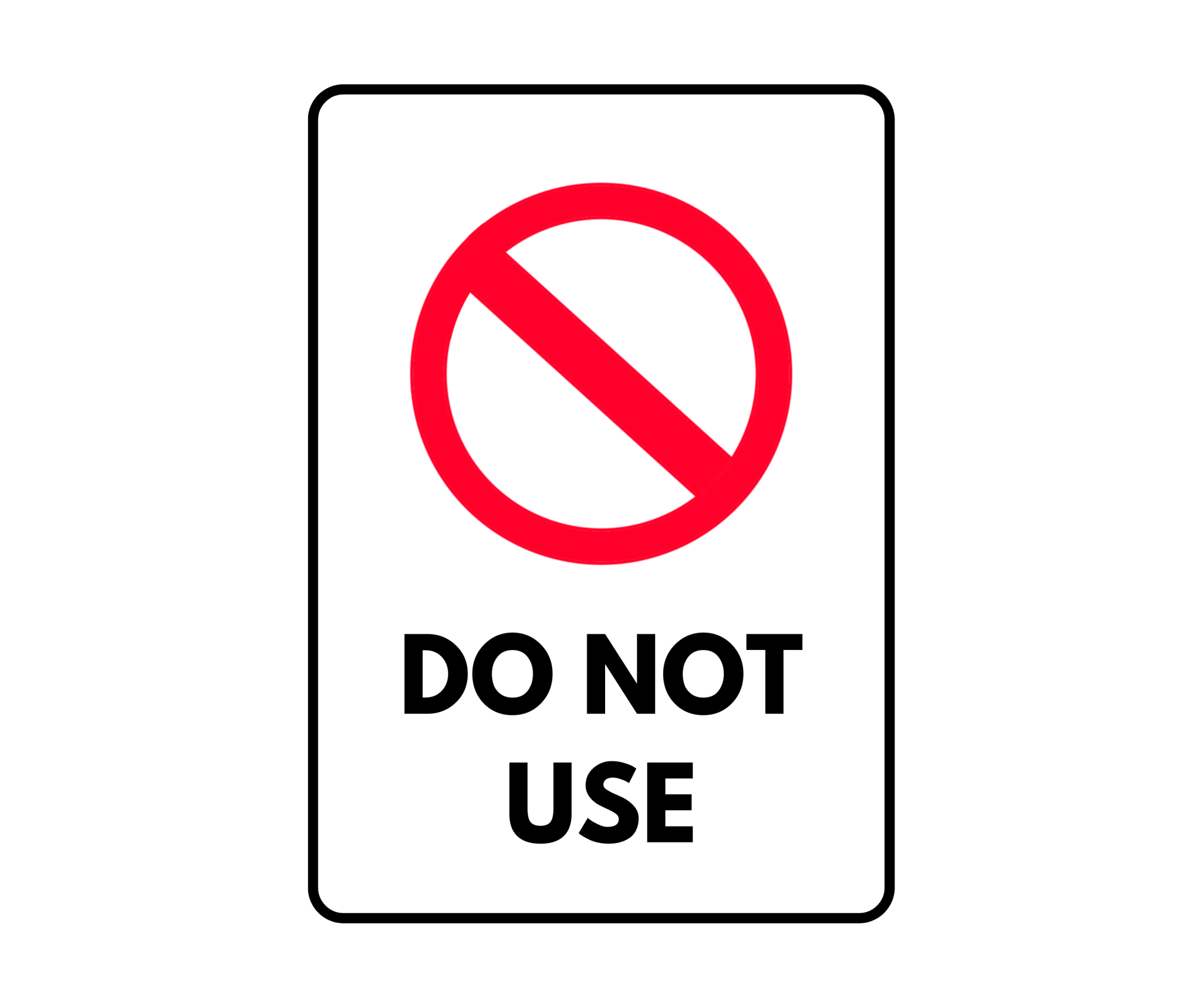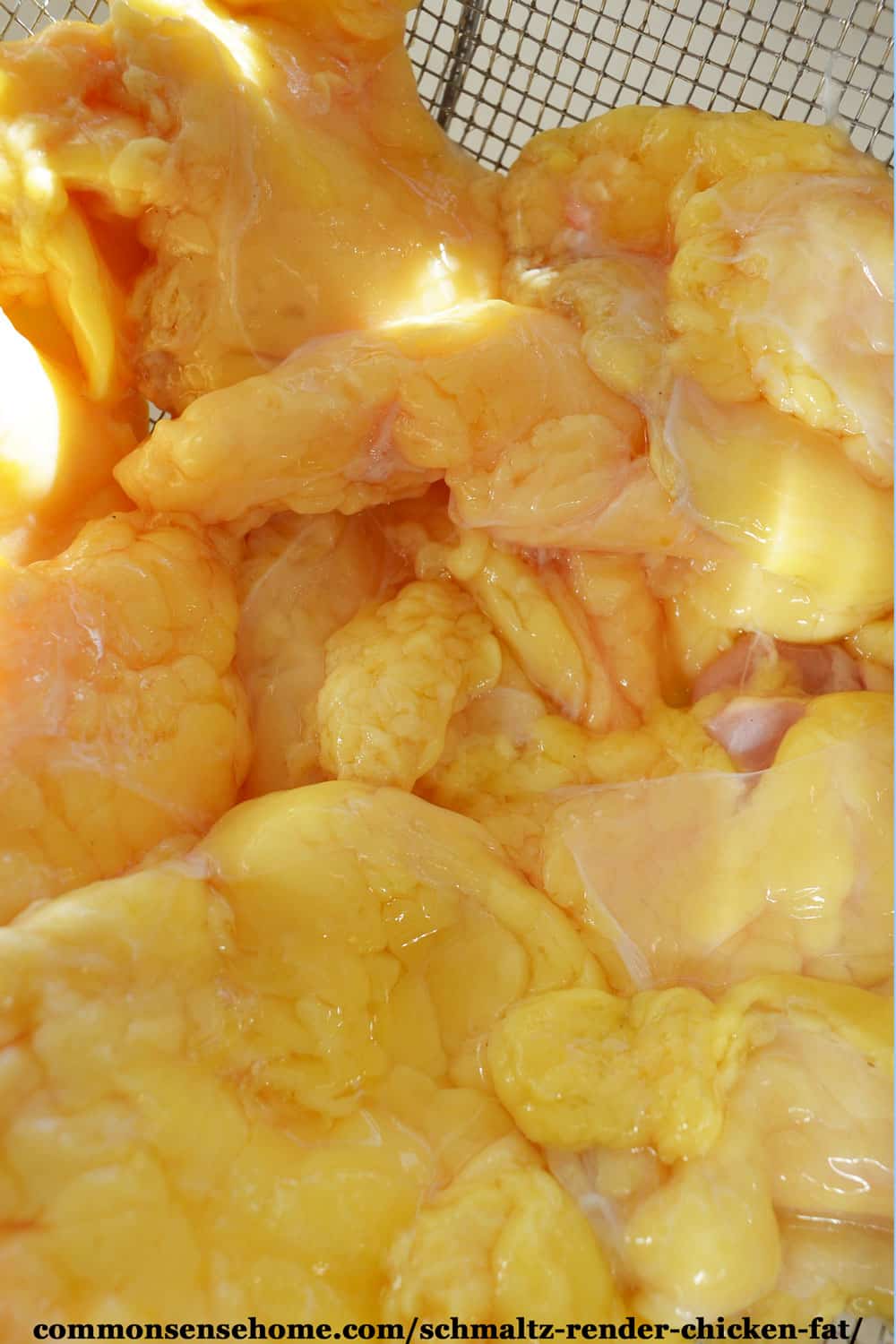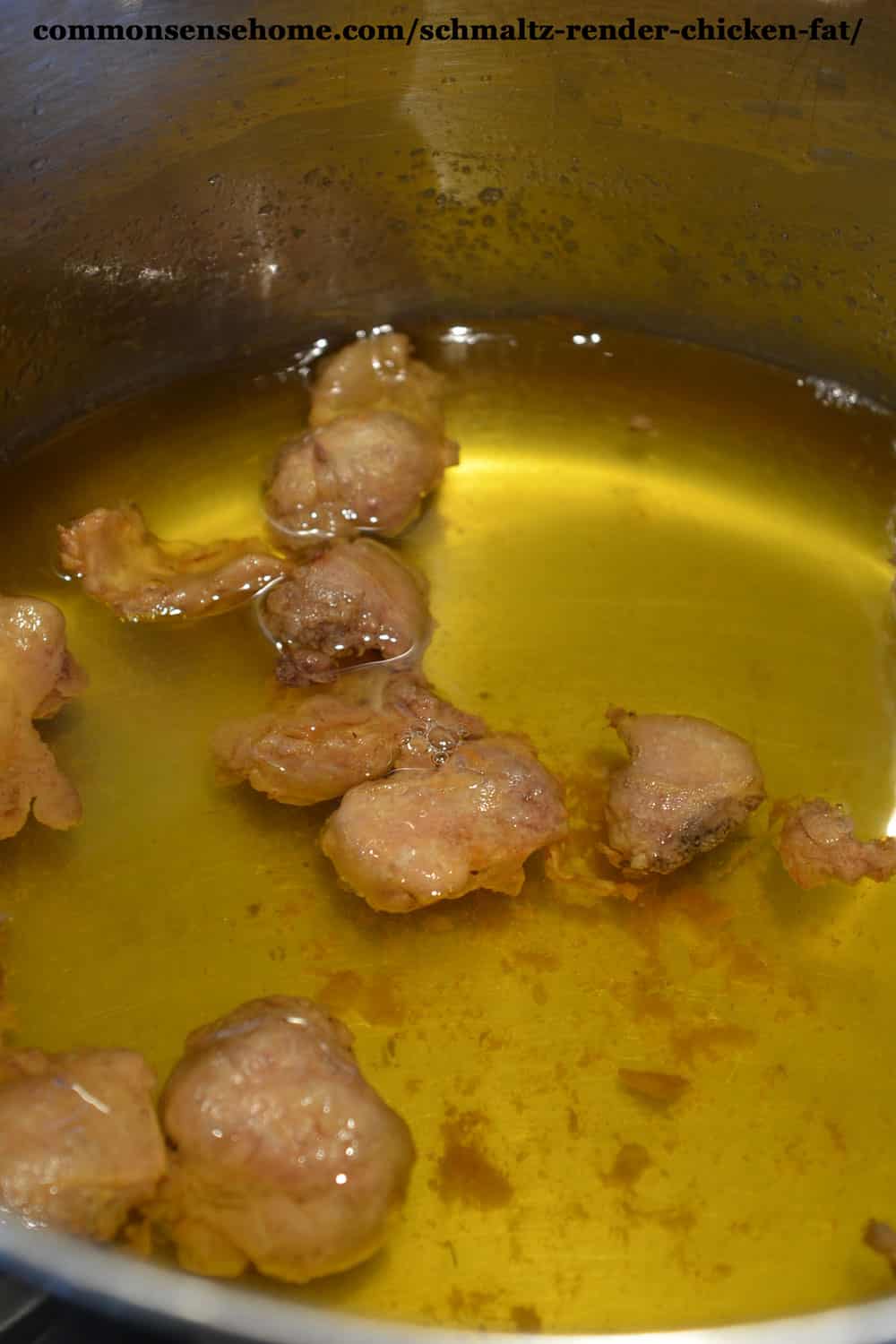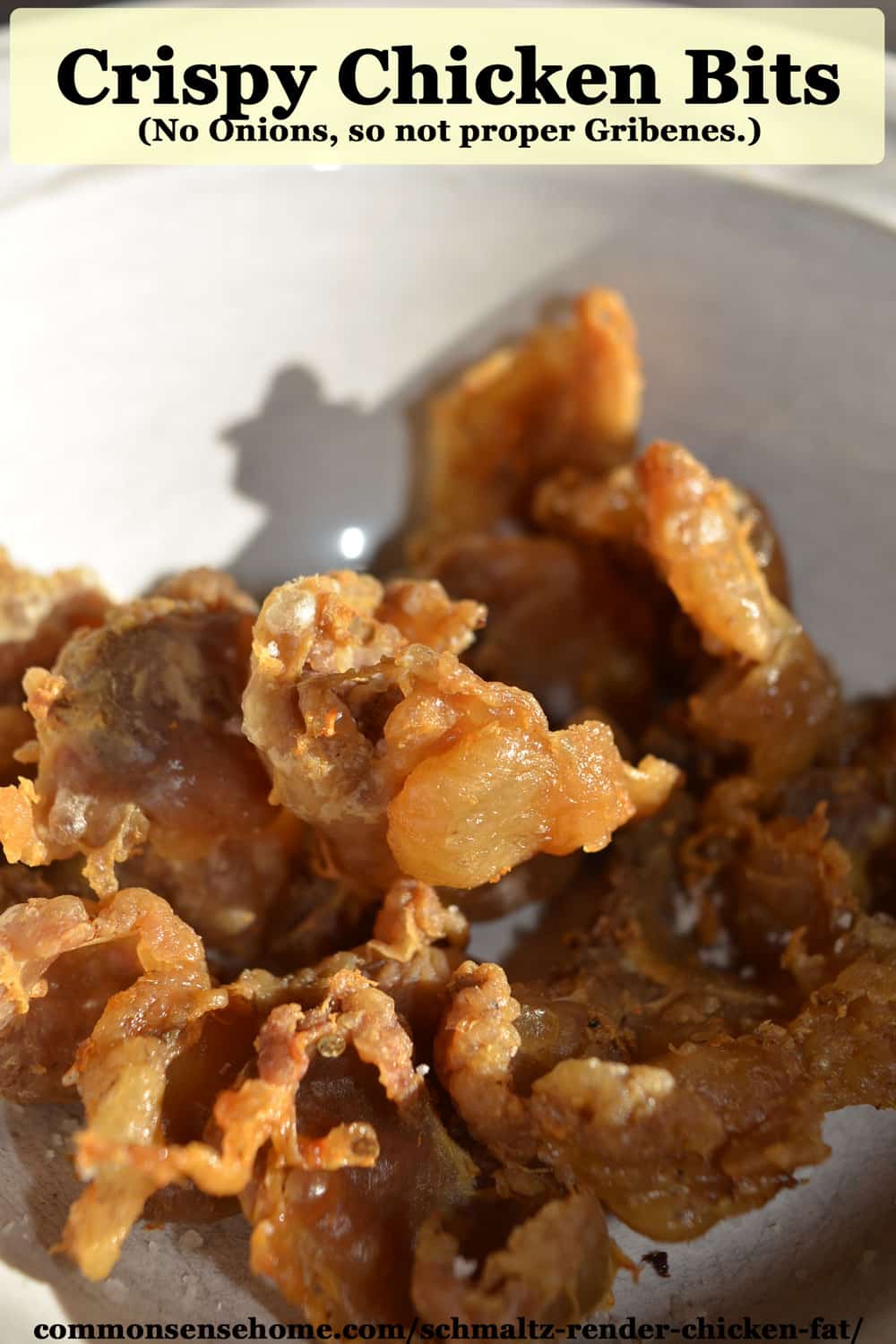Confession – I never heard the term “schmaltz” until sometime during adulthood. Growing up on the farm, rendered poultry fat was prized for cooking and baking, but I didn’t realize it had a name other than chicken fat, duck fat, goose fat, etc.
Thankfully, I’ve had a chance to rediscover this wonderful cooking oil, first, with poultry fat from a friend, and more recently, with chicken fat from our first flock of broilers.
Schmaltz is rendered poultry fat. Currently, it’s most commonly made with rendered chicken fat. It can also include duck or goose fat. (Not many geese and ducks on the dinner table in recent years. ).
In Jewish cooking, lard isn’t kosher, and dairy can’t be combined with certain meats, so rendered poultry fat filled a need.
Growing up on the farm, we raised large flocks of ducks and geese for sale and home use. Mom always carefully rendered the fat for use in cooking and baking. Waste not, want not.
Schmaltz, which is another name for chicken fat, is a culinary treasure that can take your food to a whole new level. This rich, golden fat is easy to render at home and gives recipes a lot of flavor and flexibility.
For generations, cooks have loved chicken fat for everything from Jewish treats to Southern classics. But its uses extend far beyond traditional dishes. You can do anything with chicken fat because it has a high smoke point and a savory umami taste.
Here are 14 delicious ways to make the most of this underutilized ingredient:
Render Your Own Schmaltz
Rendering chicken fat into schmaltz is simple. Start with raw chicken fat that you have either taken off the chicken or saved from other cooking projects. Break it up into little pieces and put them in a pan with a heavy bottom and some water. Low-heat the food until the fat melts and the solids turn brown. Cool, strain, and store for up to a month in the fridge or for several months frozen.
Fry Up Crispy Gribenes
The leftover browned chicken skin and meat bits from rendering are called gribenes. Cook them further in the schmaltz until crispy and sprinkle with salt for an addictively crunchy, chicken-y snack.
Roast Hearty Vegetables
Roasting vegetables in schmaltz adds insane depth of flavor. Potatoes, carrots, parsnips, Brussels sprouts, and onions are particularly good candidates. The fat helps the exterior get crispy and browned while infusing everything with richness.
Sauté Aromatics
Sauté your onion, garlic, and other soup and stew aromatics in schmaltz instead of oil or butter. You’ll add layers of savory flavor from the start.
Fry Up the Best Latkes
For deliciously crispy potato latkes, fry them in schmaltz instead of vegetable oil. You’ll get the perfect crunchy exterior infused with chicken-y goodness in every bite.
Bake Flaky Pie Crusts
Use schmaltz in place of butter, lard, or shortening when making savory pie crusts. It creates a wonderfully tender, flaky texture and added richness.
Take Biscuits to the Next Level
For next-level biscuits, substitute schmaltz for the butter or shortening. This taste goes well with chicken and dumplings or biscuits and sausage gravy.
Boost Matzo Balls
No Jewish matzo ball soup is complete without a hefty dose of schmaltz. It adds rich chicken flavor that takes this classic comfort food over the top.
Lend Depth to Gravies and Sauces
Stir a spoonful of schmaltz into your chicken gravy or sauce for extra richness and body. It’s a simple way to add more savory chicken flavor.
Dress Up Vegetables
Drizzle schmaltz over freshly roasted or steamed vegetables. The melted fat highlights their natural sweetness and adds a lovely savory note.
Spread on Bread
Spread schmaltz on freshly baked bread instead of butter. The full chicken flavor makes an incredible base for sandwiches or dipping bread.
Make Confit
Simmer garlic, shallots, or lemons in schmaltz over low heat to create a tender, flavor-infused confit.
Mayonnaise with Oomph
Blend schmaltz into homemade mayonnaise instead of vegetable oil for an ultra-rich condiment with chicken flavor in every bite.
Take Meat to the Next Level
Sear fatty meats like chicken thighs or pork chops in schmaltz to add even more rich meatiness.
Chicken fat is endlessly versatile in sweet and savory cooking. With a little creativity, this golden fat can transform everything from appetizers to desserts. Rendering your own schmaltz opens up a world of possibilities. Next time you’re cooking chicken, save that fat and discover just how delicious chicken fat can be.

Is Chicken Fat Healthy?
I hunted and hunted online, but couldn’t find any nutrition info specifically focused on chicken fat.
There are studies that indicate that pastured eggs and pastured chicken meat have higher levels of omega 3 fatty acids, more vitamin E and other health benefits, but nothing specifically on fat.
“You are what you eat” is probably true for both people and animals.
It’s likely that the chicken fat from a factory farm bird that was fed only grain and never got to go outside to eat will have more omega-6 fatty acids. (Enjoy in moderation. ) With slow growing, free range poultry, you’ll likely see more omega 3 fatty acids.
We found that with our Red Rangers, which had plenty of time outside with fresh grass and other tasty garden bits, and a daily snack of undersized walnuts, their fat was amazingly silky and fine textured.
My youngest, who helped with evisceration, noted that the fat dramatically improved the dry skin on his hands. (He’s been working in the garden quite a bit this fall and his hands are quite rough. ).
Even more, he asked me to save some rendered fat for him to use as hand cream. However, the rendered fat doesn’t soften as well as the raw fat did. It still does its job, though. ).
How to Make Schmaltz (Rendered Chicken Fat)
Start with clean chicken fat or fatty chicken skins. Sometimes when you butcher, little bits of grit get stuck in with the fat, so make sure to give everything a good rinse.
If you don’t have a large amount of poultry fat from butchering, you can save up fat over time and store it in the freezer.
Some butchers also sell chicken fat or fatty skins, depending on your area. (Others might just give you a crazy look when you ask.)

If the fat/skin is in large pieces, cut it into smaller pieces for quicker rendering. It helps if the fat is partially frozen, but a sharp knife will do the job even if it’s not frozen.
If you want to make gribenes (crispy skin bits), small pieces are a must.
Place your chicken fat (poultry fat) in a heavy bottomed pan on low heat. (It helps to have a bit of water clinging to the fat to get started.)
Heat gently when you’re cooking schmaltz, stirring occasionally, until fat is melted and skin/connective tissue is light brown. You’re looking for neutral cooking oil, not charbroiled bird flavor.

Strain melted fat through a metal mesh strainer. For clearer oil, line with a coffee filter or several layers of cheese cloth. Pour into a glass jar for storage (wide mouth mason jar or peanut butter jars work well).
Cool and refrigerate for up to a week. For longer storage, keep it in the freezer. (Don’t forget to label and date your containers.)
The leftovers from the chicken skin and fat can be used to make a dish called gribenes.
To finish the gribenes, return the chunky chicken bits to the pan. Add a healthy portion of chopped onion.
Cook on low heat, stirring frequently, until skin/chicken bits are golden brown and onion is caramelized. Remove from pan and drain on a paper towel.
Alternatively, some people add the onions directly to the fat during the last stage of cooking for an onion flavored schmaltz. Since I like my poultry fat for baking, I keep any onions separate from the fat.
The chicken chunks can be cooked to brown in the chicken fat before straining. Eat the crispy chicken bits while still warm, or refrigerate and use within a few days or freeze.

How to Make Schmaltz – Rendered Chicken Fat
FAQ
What can you do with chicken fat?
Chicken fat recipes (49)Schmaltz. Save this recipe and keep it for later. Potato Balls in Schmaltz and Butter. Save this recipe and keep it for later. 3 cheese turkey Mac and cheese. Just Mix! . Hainanese Chicken with Yellow Rice. Lamb and rice stew. Date Night Chicken Pasta. California Farm Fresh Truffle Liver pate.
Is it worth saving chicken fat?
Using chicken or duck fat in moderation can actually be good for you. There’s more nutritional value for sure. We use chicken fat in place of butter or oils or other fats for a variety of recipes. Most often I use it to enhance stocks or for vegetable or potato sautés or as a spread on toasted artisan breads.
How to dispose of leftover chicken fat?
Put cooking oil and grease in a container, like a carton for drinks or frozen juice, or use a take-out container. Label the container “Cooking Oil—Not for Recycling” and discard with regular garbage. Alternately, you can also put cooled cooking oil/grease in a plastic bag and freeze before discarding.
What can I do with leftover chicken grease?
Make gravy. Add some flour to the chicken fat or juices and stir it in. Cook until it starts to sizzle. Then add water, white wine, stock, and any spices, herbs, or mustard you like. Cook till it thickens. Pour onto your chicken or some potatoes.
What is rendered chicken fat?
Chicken wogs and/or chicken parts that have been inspected by the USDA are cooked in water to make rendered chicken fat. Chicken fat is skimmed, processed, and rendered by accepted industrial processes Product is derived from the water cooking of chicken wogs and does not contain any genetically modified organisms through laboratory methods.
Is chicken fat a polyunsaturated fat?
A common characteristic of nearly all traditional fats is that they are all very low in polyunsaturated fats. The one exception is chicken fat which is about 21% polyunsaturated (2). This compares with a polyunsaturated fat content of the following nourishing fats.
Is chicken fat a fad?
Chicken fat imbues chicken flavor to plenty of dishes long after your coq au vin is a distant memory. Chicken fat has been around since…oh, since chickens. So it’s not like this humble ingredient is a cutting-edge fad, but for avid home cooks, the sensibility behind using it is very with the times.
